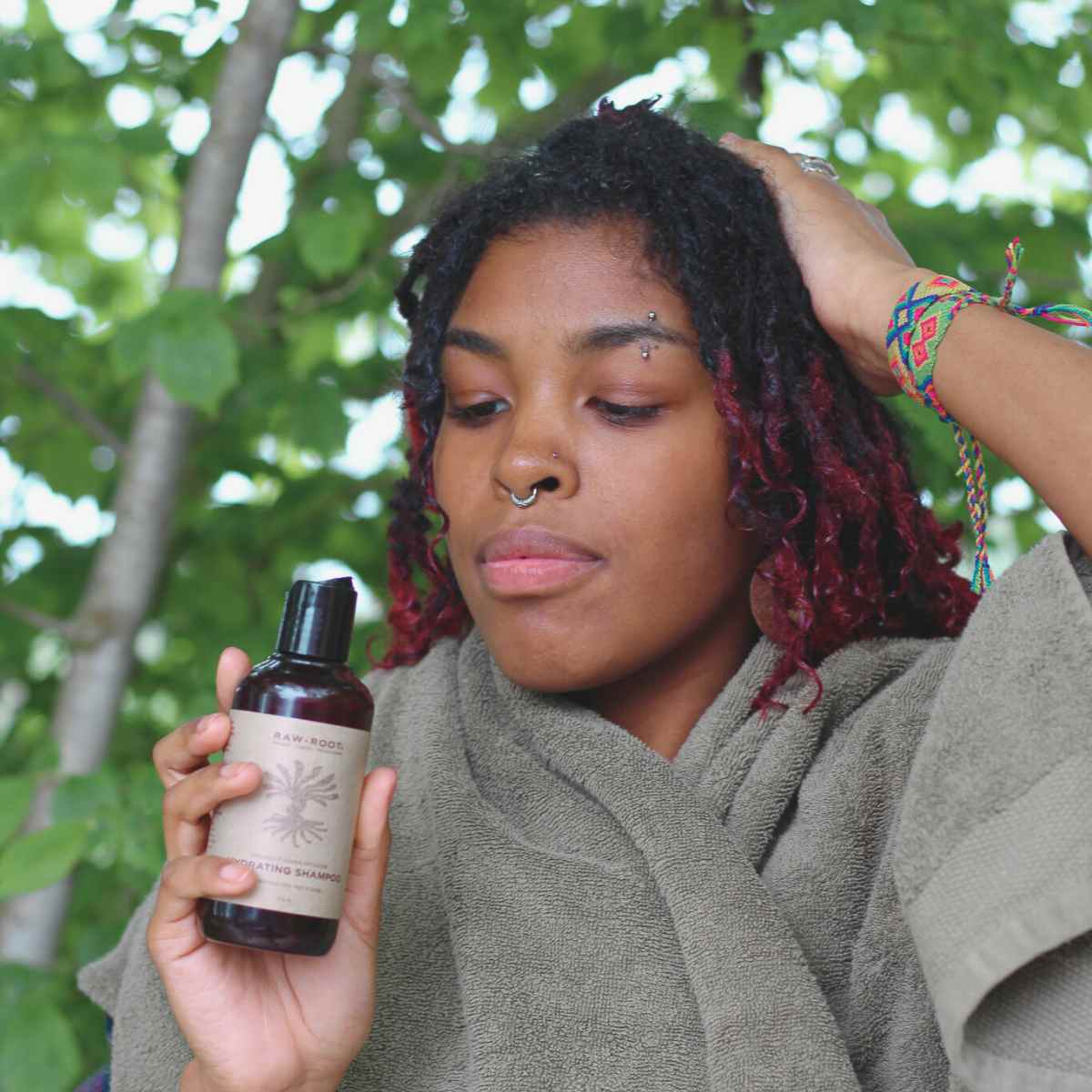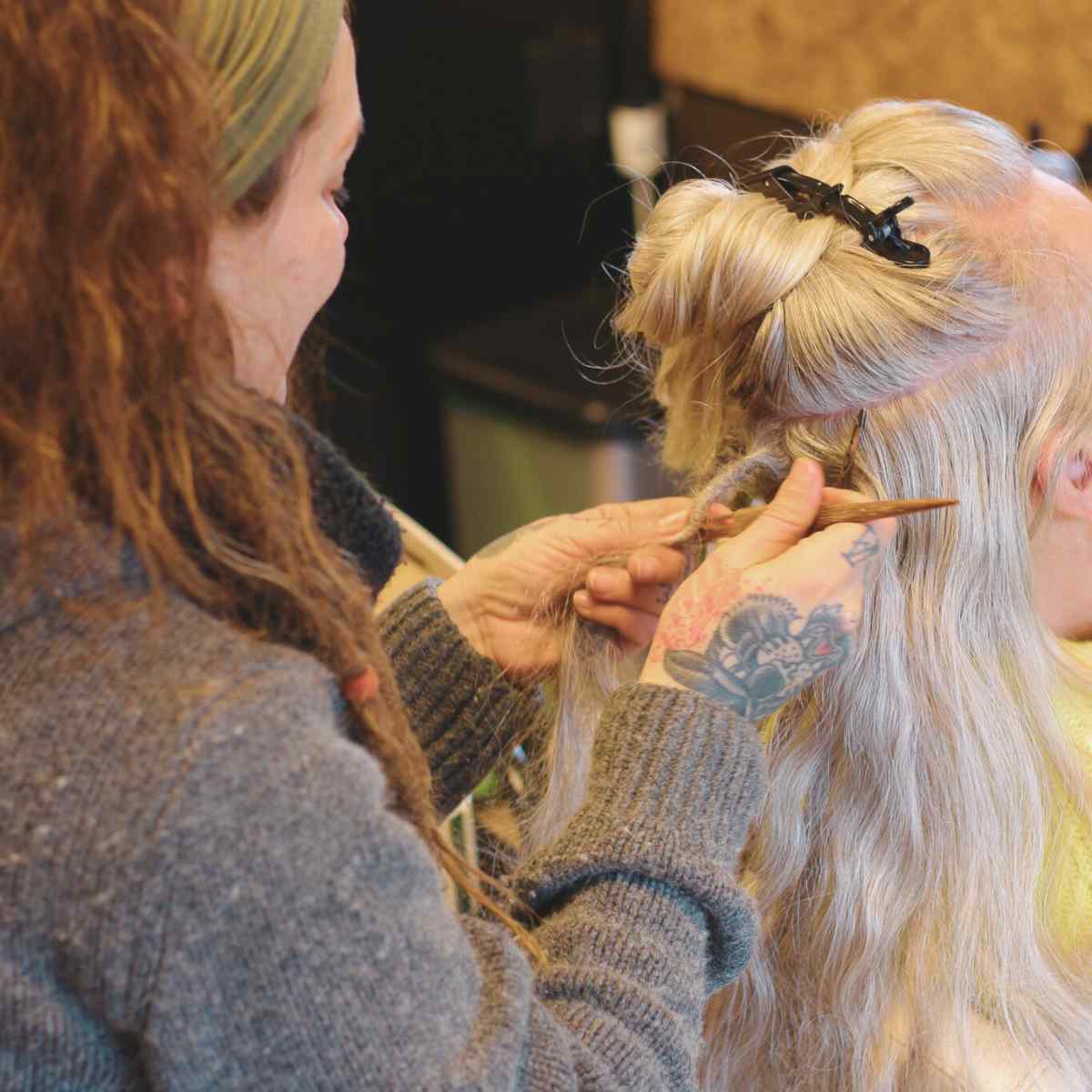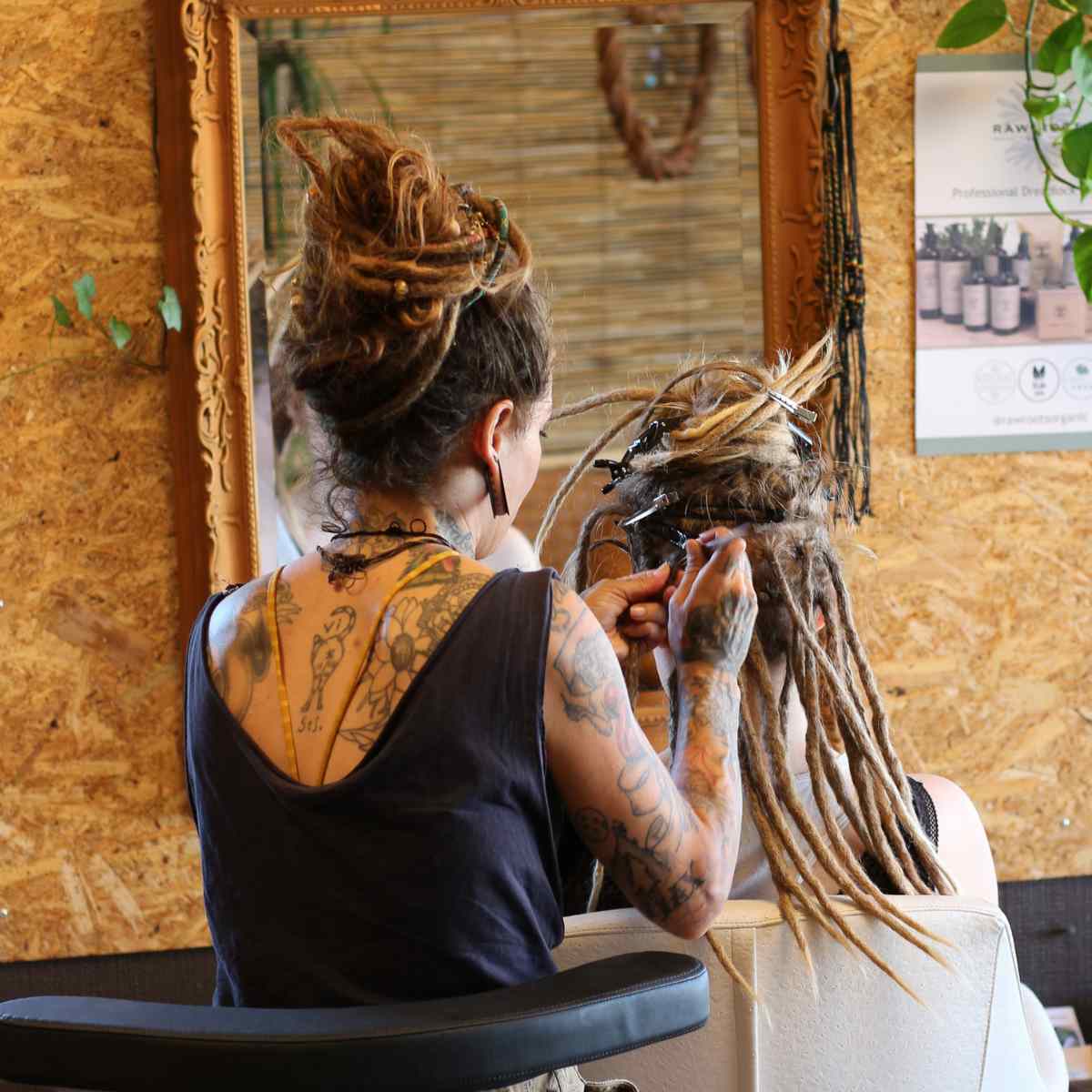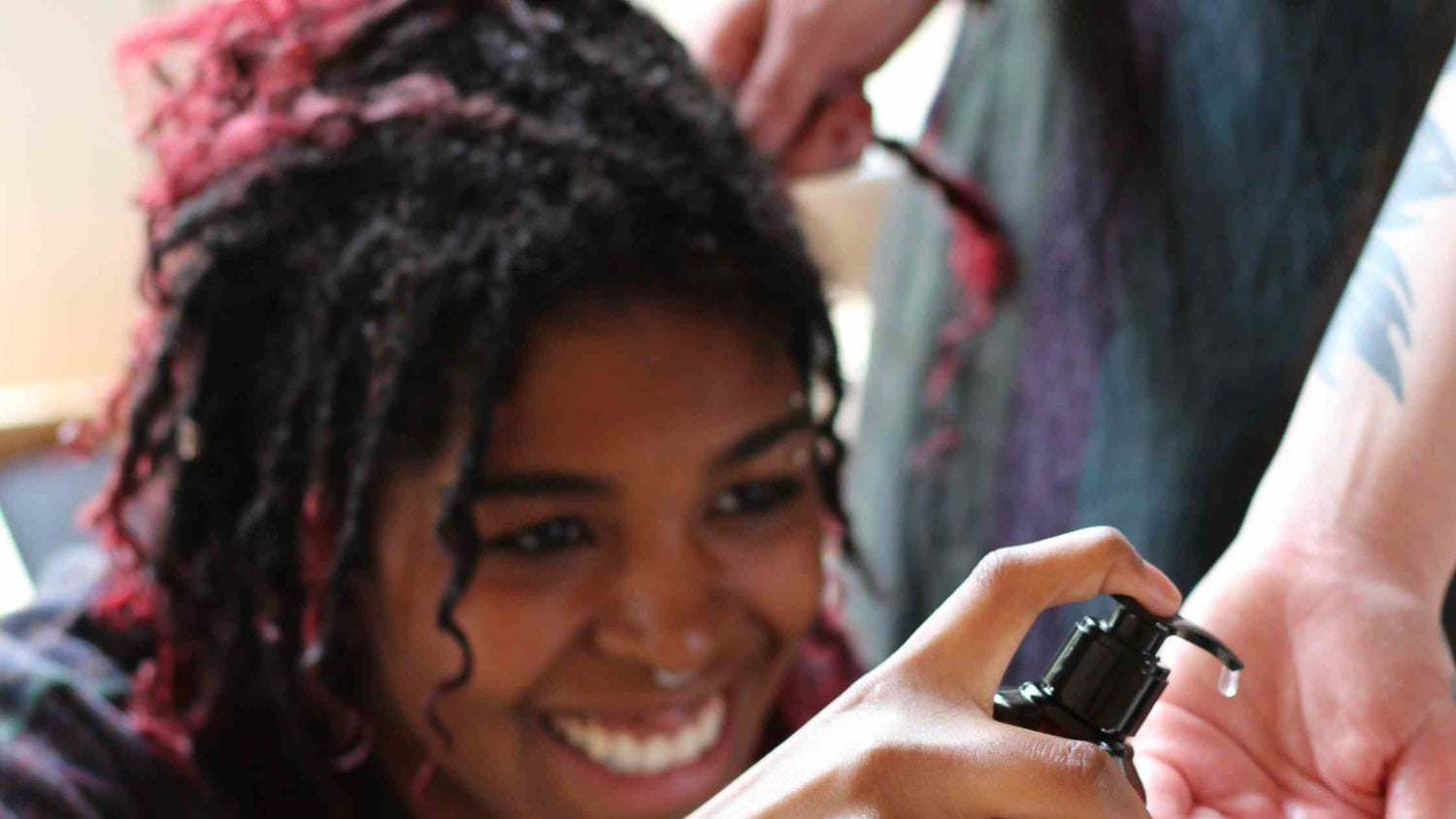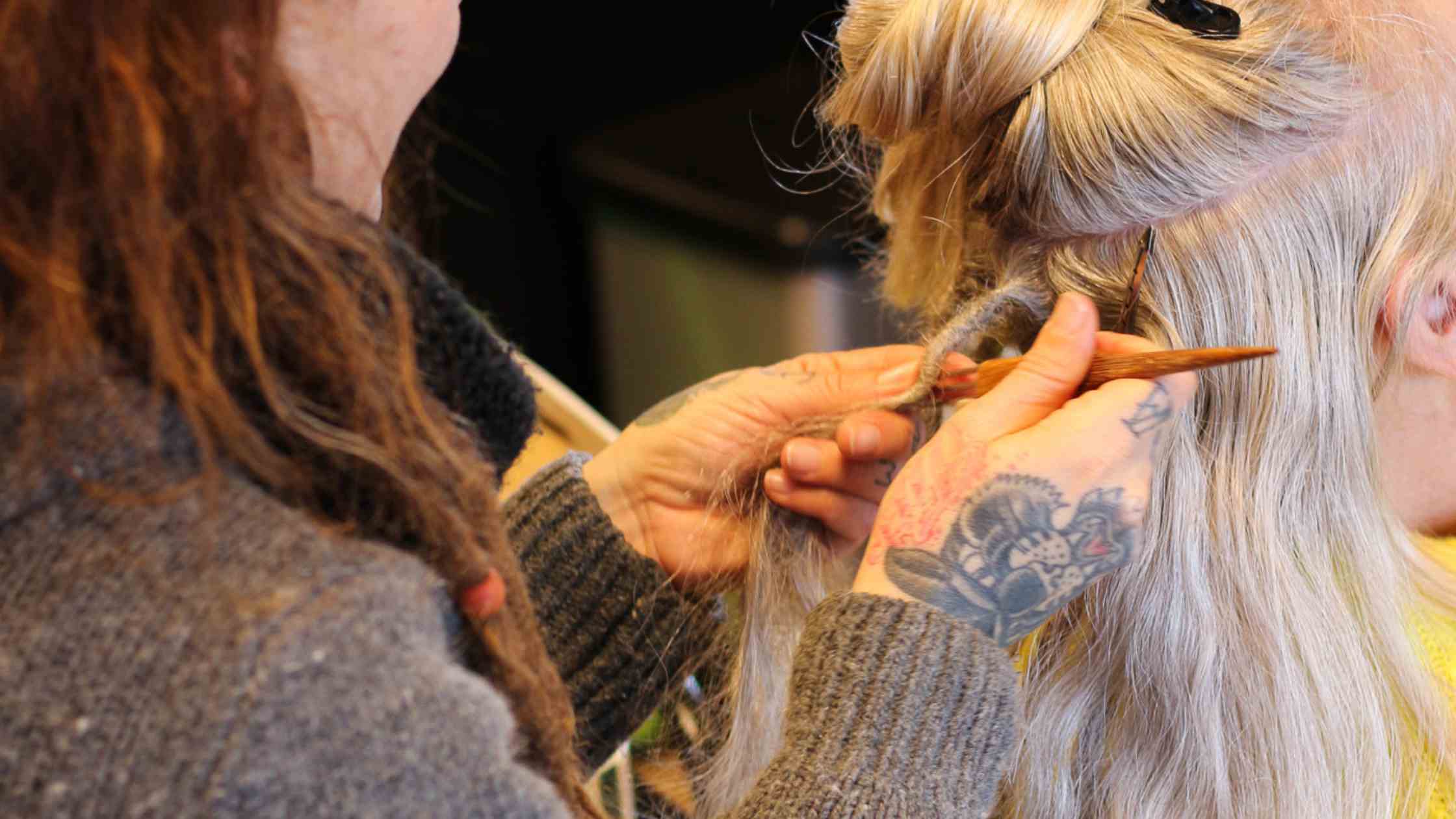Dreaming of getting dreadlocks?
It's an exciting journey that requires both patience and trust in the process. Before taking the plunge, there are some important preparations and information you should know. Here's a comprehensive guide to prepare you for embarking on your dreadlock journey with confidence and insight.
Preparations for Dreadlocks
Hair Length: First and foremost, your hair should be at least 15 cm long to avoid the new dreadlocks from loosening and unraveling. If you have short hair or an undercut, the hair on top should be a minimum of 10 cm long.
Patience: In the beginning, your dreads will have both good and bad hair days, but once they mature, they'll always look good. Therefore, it's important to mentally prepare for this journey and be ready to invest time and patience in their care. We promise you, the wait will be worth it!
Natural Dreading Process: Never use chemicals to force your hair to form dreadlocks. All products should be natural and residue-free to create healthy and beautiful dreadlocks. Dreadlocks come in many styles, from thin micro-dreads to thick Marley-like dreadlocks, but remember that your hair type and thickness set some limitations.
Practical Preparations
Your scalp plays a crucial role in the transition to dreadlocks. Your whole life, you've treated your hair and scalp in a certain way, and now you need to change some of these routines to make the transition easier. Pay attention to these areas:
Before getting dreadlocks, we recommend making some small changes:
- Wash your hair every third day for about two weeks before starting your dreads. This helps your scalp adjust to the new routine.
- Stop using conditioner at least two weeks before you start your dreads.
- Switch to a residue-free/dreadlock shampoo at least two weeks before to avoid product build-up in your hair.
- Order your products well in advance so you're prepared and can start your dreadlock journey without worries.
Once you've got your dreadlocks, be mindful of:
- Your Washing Routine: Wash your hair when your scalp itches. Limit the use of shampoo to a minimum and train your scalp to go longer between washes.
- Itching and Dry Scalp: Use products like RAW ROOTs Rescue Tonic to soothe an irritated scalp. Persistent itching may indicate that your scalp needs washing or stimulation.
- Dandruff: Without brushing, dead skin cells can accumulate as flakes. Regular washing and scalp massages can prevent this.
By following these guidelines, you ensure that your scalp and your dreadlocks get the best possible start and care.

The 4 Phases of Dreadlocks
When you've decided on dreadlocks, you embark on an exciting journey through four unique phases. Here's what to expect in each phase:
1. Baby Dreadlocks
In the beginning, your new dreadlocks are loose and airy. This phase is called "Baby Dreadlocks" because they haven't formed properly yet. Loose hair is common and requires regular tightening. Be patient and consider professional help to care for them.
2. Young Dreadlocks
After a few months, your dreads start to settle. They gradually become firmer and require less tightening. Palm rolling and tightening products can help shape them.
3. Teenage Dreadlocks
Around six months in, your dreads enter the teenage phase. They become firmer but may also appear shorter. Stretch them after washing to avoid shrinking and bulging. Loose hair will mainly be at the roots, where new hair grows out. Use a crochet hook to maintain the base if necessary.
4. Mature Dreadlocks
After about a year, your dreads reach the maturity phase. They are now firm, require minimal maintenance, and have gone through all phases. Loose hair will mainly be new growth at the roots. Repair the base approximately every three months and use a good shampoo to keep the scalp healthy.
Getting dreadlocks is a journey through different phases, each with its unique characteristics. Embrace each stage and enjoy the development of your dreadlocks as part of your personal style. With the right preparation and care, you can achieve healthy, beautiful, and mature dreadlocks.
Curious about how to wash your new dreadlocks and how often you should wash them? Then read our blog post where we also talk about which shampoos we recommend you use.







